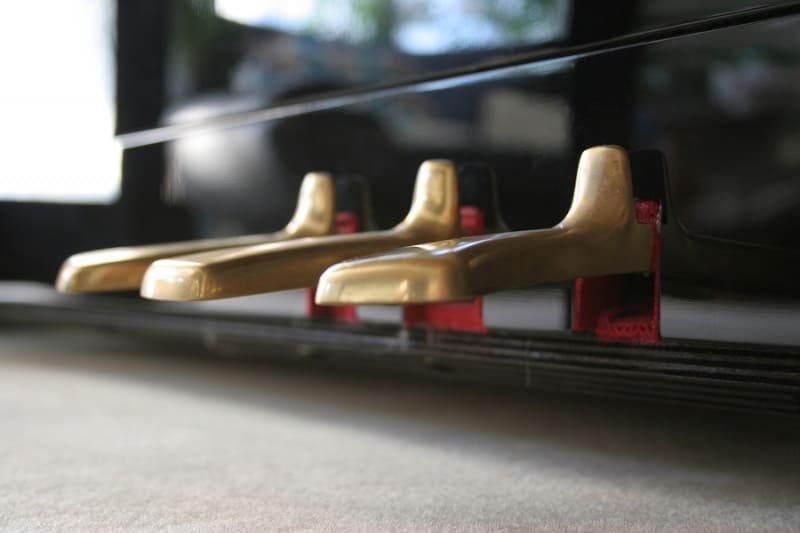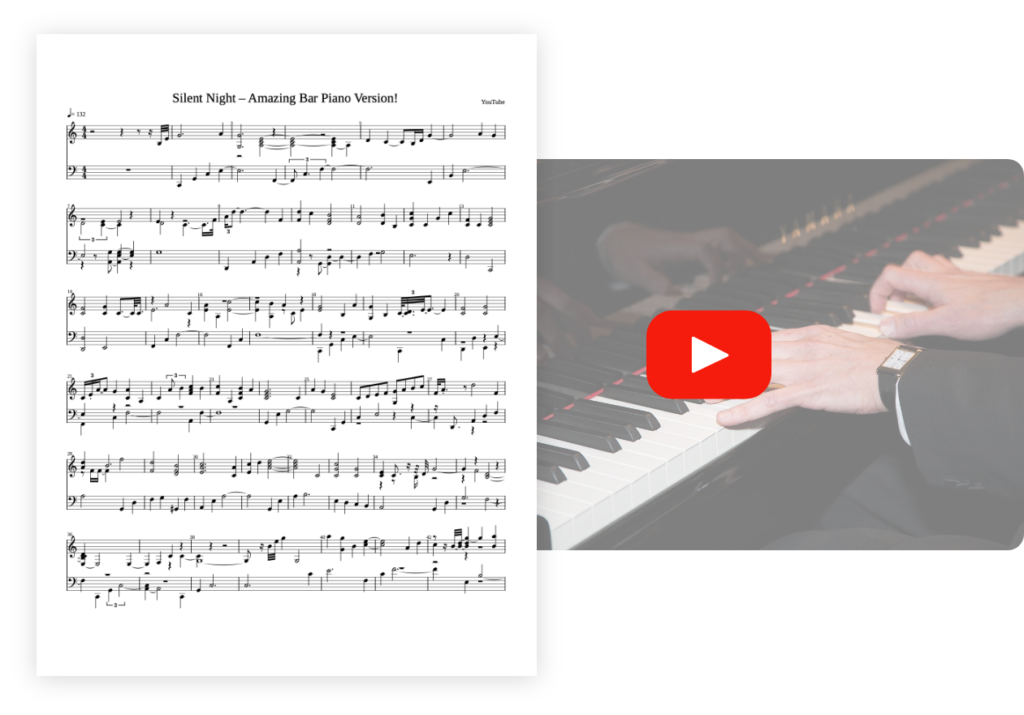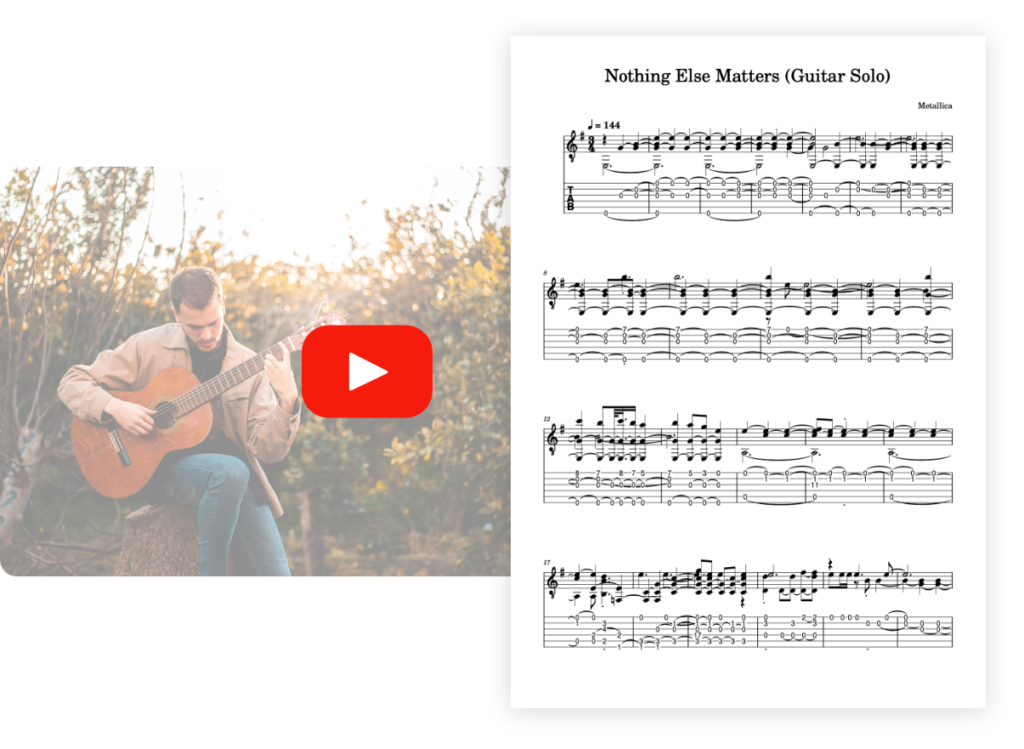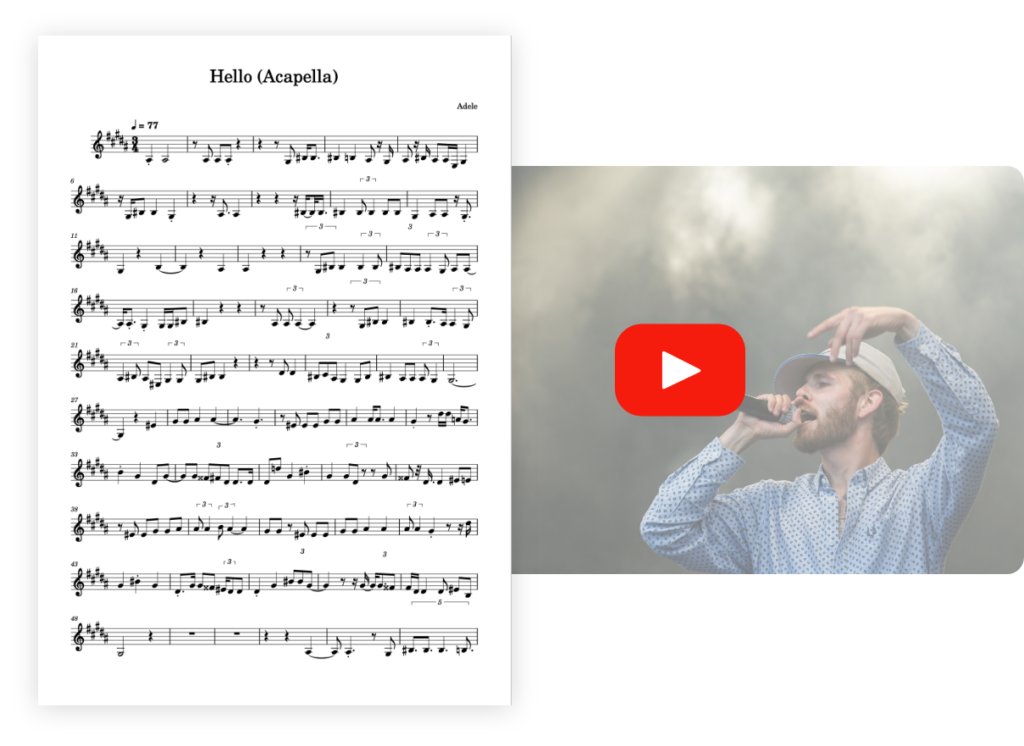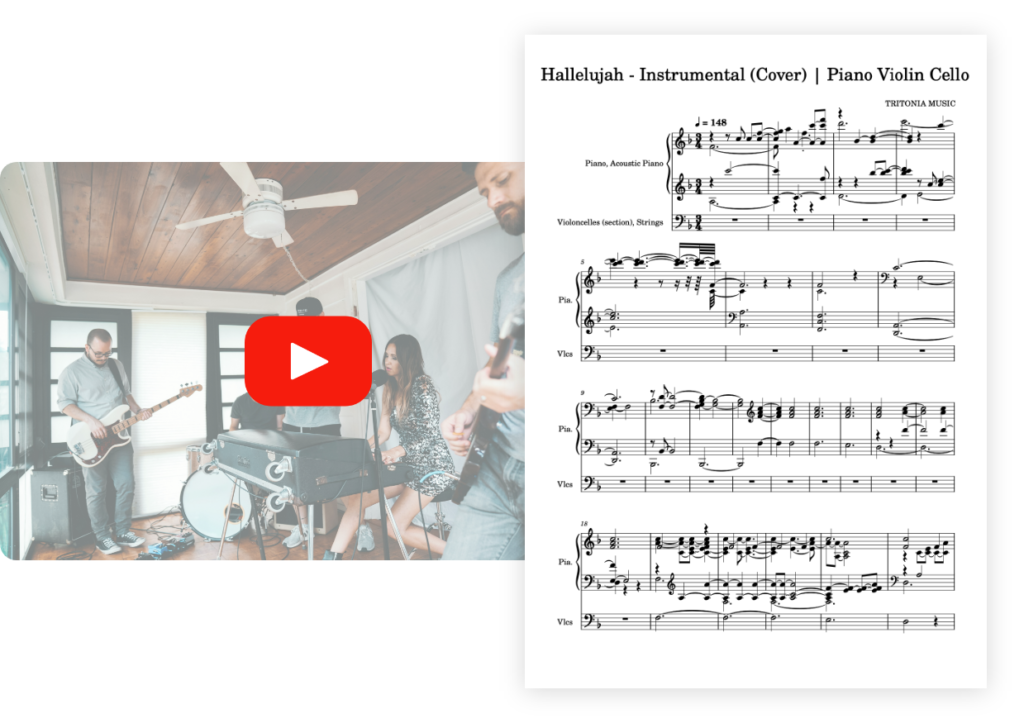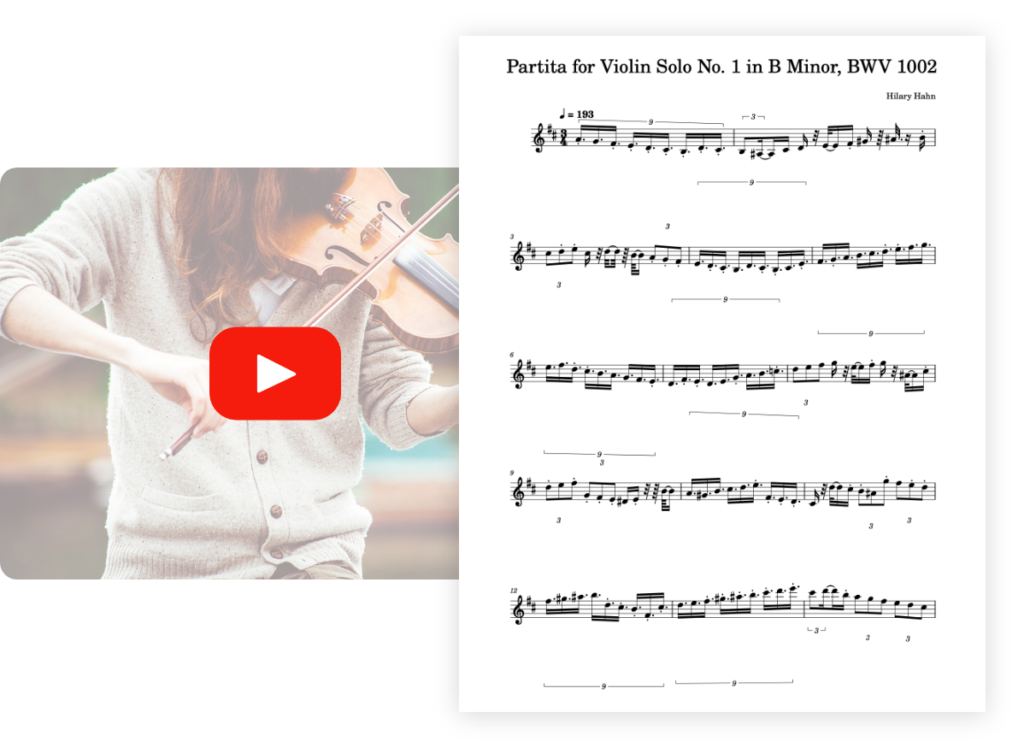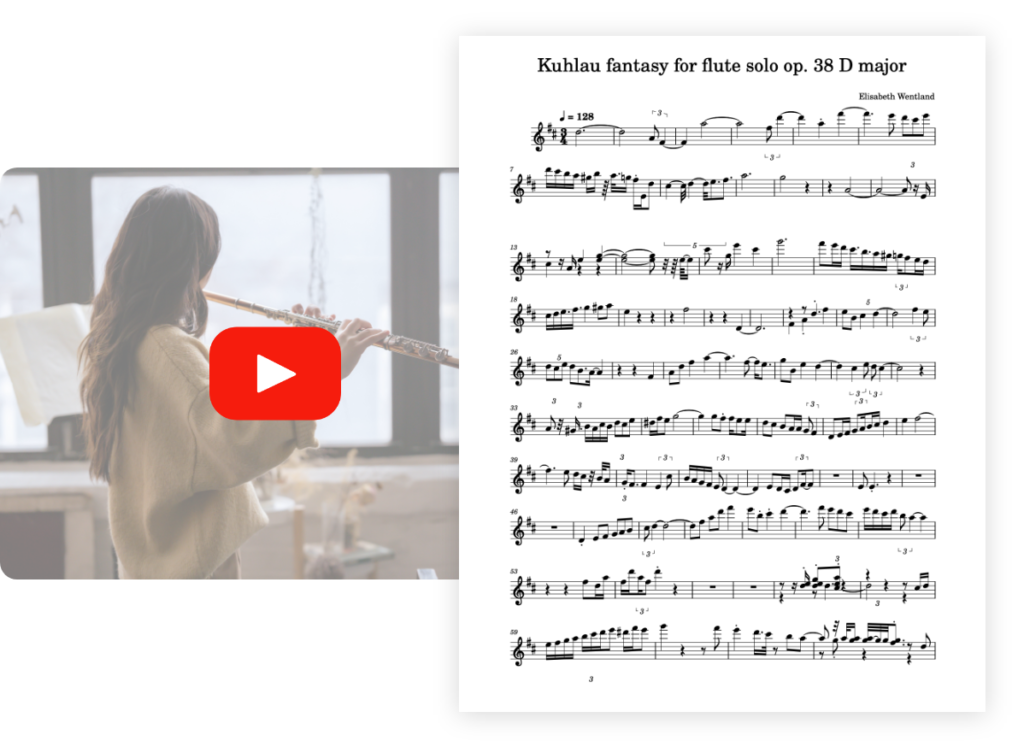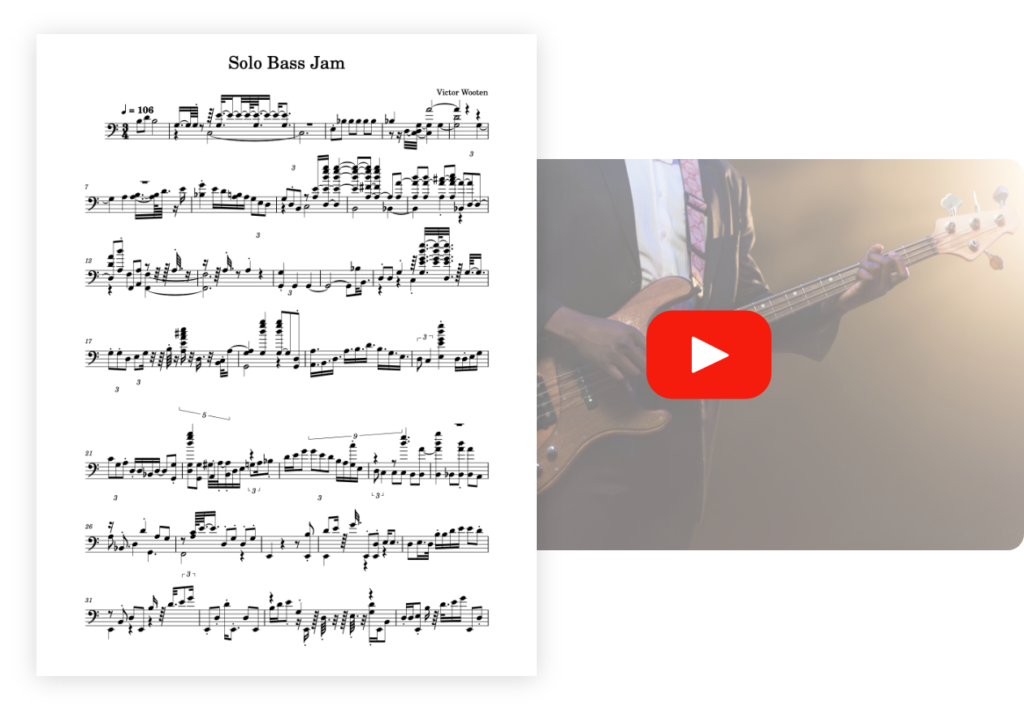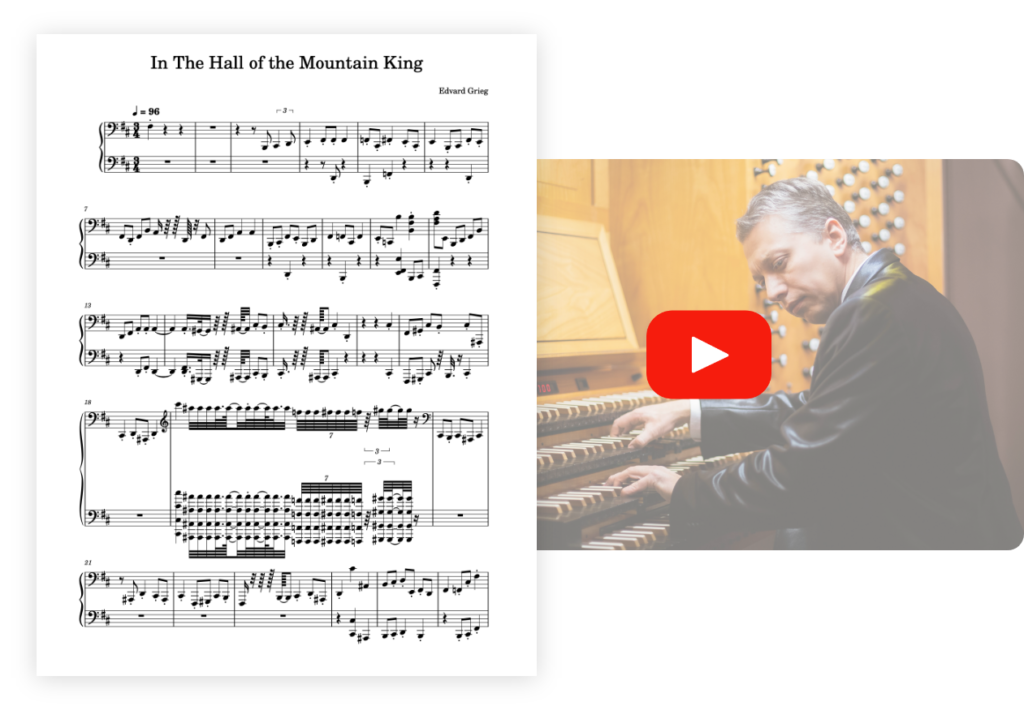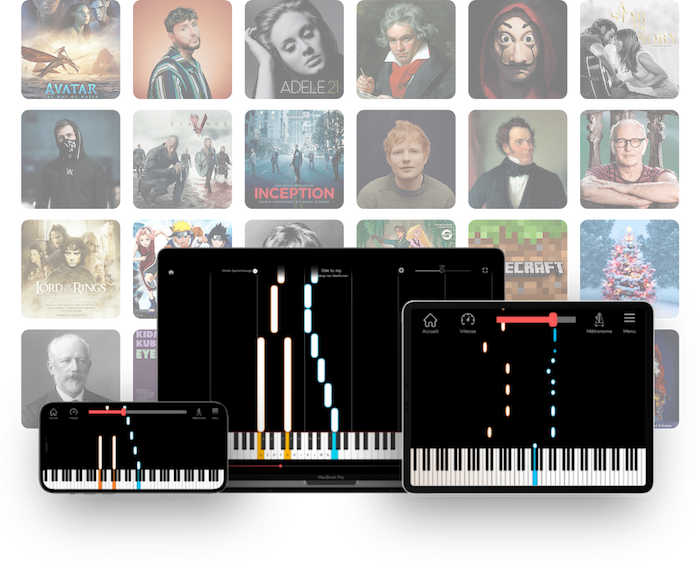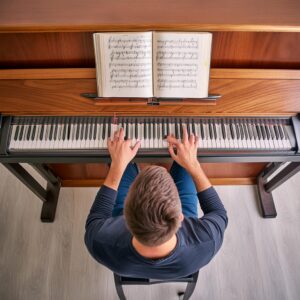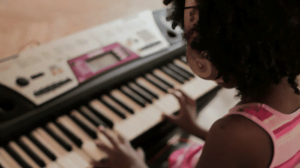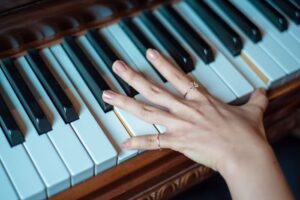What are piano pedals?
Piano pedals are located at the bottom of the pianos. There are usually three different pedals that have very specific functions.
Pedals on acoustic pianos
Whether uprights or grand pianos, all acoustic pianos have pedals towards the bottom of their structure. On traditional pianos, there were always 3 pedals. On newer pianos, sometimes only two pedals (the most commonly used) are present. On acoustic pianos, pedals are entirely part of the acoustic mechanism and are therefore integrated into the structure of the piano, unlike digital pianos.
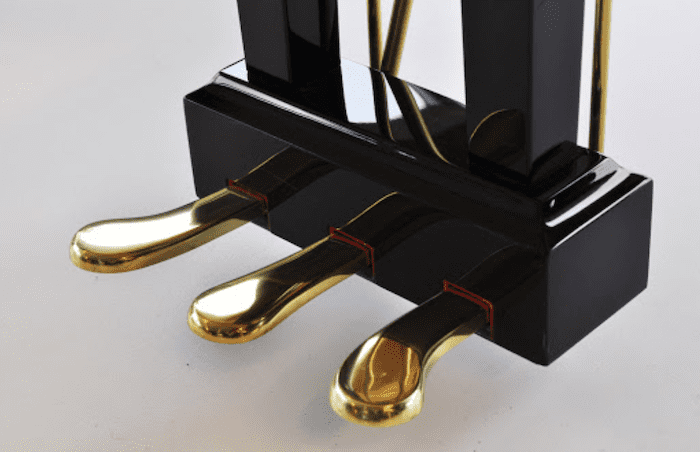
Pedals on digital pianos
On digital pianos, the pedal system is optional. Usually, only one pedal (the one most used by pianists) is connected to the piano, which has a specific connection system. On a digital piano, you can therefore play without a pedal. However, as soon as you start to progress, you will quickly notice that your playing lacks depth and nuance. Pianists who play a digital piano for several years often end up getting a pedal and learning how to use it to improve their playing.
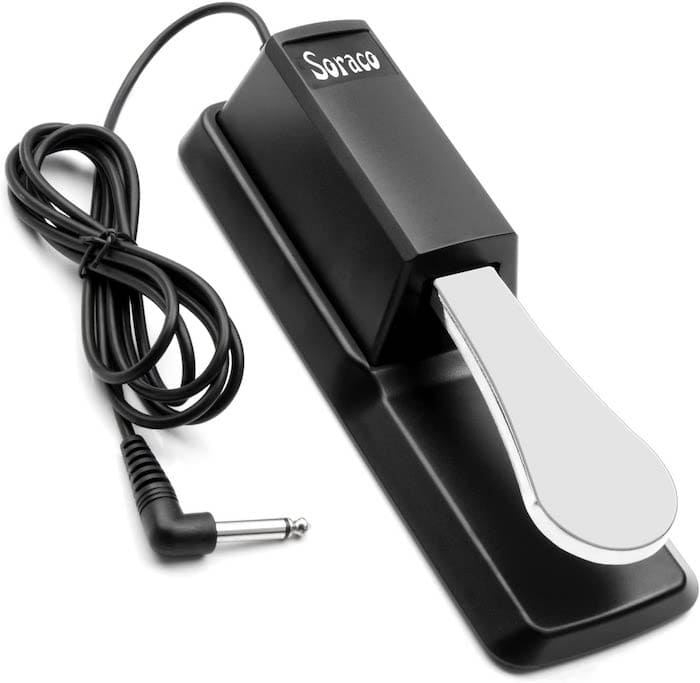
What do the pedals on a piano do?
Pedals have an essential function on a piano: they give nuance and depth to your playing. If you are playing your favorite songs, you have to use the pedals to play them better. There are a maximum of 3 pedals on a piano and each of them has a specific function and effect on your playing.
Sustain pedal

The sustain pedal is the pedal located on the right. It’s the most used on acoustic pianos, but also on digital pianos and digital keyboards. On acoustic pianos, the sustain pedal causes a mechanical phenomenon where the dampers are lifted from the strings. This is called the “damper” phenomenon. On digital pianos, this mechanism is reproduced artificially and electronically. In all cases, the sustain pedal makes it possible to retain the sound emitted when pressing the piano keys and to make it last longer, through a resonance effect. When the pedal is pressed, the sound continues to last even if you stop pressing the piano keys. Once you stop pressing the pedal, the sound stops immediately.
When you start playing piano, the sustain pedal can be quite difficult to use. Indeed, it should be used only at certain moments of the song. If you abuse it, your playing will lose its fluidity and depth. The notes you have played previously will fade into the notes you are playing.
However, once you understand how to use it, your game will be much more fluid. You will be able to give an echo effect which, when used properly, will improve your transitions between two sequences of a song. Your playing will no longer be jerky.
Sostenuto pedal

The sostenuto pedal is the middle one on a piano. “Sostenuto” is an Italian word meaning “sustained”. In music, this word can have several meanings but in this case it means “to stifle”.
When you use the sustenuto pedal, only the notes already played before are affected. Those that will be played after pressing the pedal will not be affected. As with the sustain pedal, the effect of the susteno pedal stops as soon as you stop pressing it.
But how to use it? For example, you can perfectly use this pedal when you play a piano chord with your left hand. Press it when you play this chord (so that it can have its effect on the notes of this chord) and you can immediately afterwards use both hands to play another part of the song. The effect is different from that of the sustain pedal since the notes of this part do not last longer. But the notes of the chord will be prolonged.
For those of you who use upright pianos, you may have noticed that the description of the sostenuto pedal does not correspond to the one above. Indeed, on upright pianos, this pedal has a different effect. It allows you to attenuate the sound of the notes you play. It is also called “repetition pedal”. This allows you to work on your song or piano exercise without disturbing those around you. Playing a piano sequence to perfection requires repetition and many mistakes are made when you’re learning piano, which can irritate the ears of those who hear you play. This pedal allows you to practice piano without disturbing others.
Soft pedal

The soft pedal, also called “una corda pedal”, is the left-most pedal on the piano. To properly explain the function of the soft pedal, we must first explain the acoustic and sound mechanism of a piano. The strings of a piano are assembled in groups of two or three strings that are tuned in unison. This mechanism produces a richer sound each time you press a note, since the hammer hits several strings at once.
When you use the soft pedal on an acoustic piano, the hammers shift slightly to the right. As long as you keep the pedal pressed, the hammers will remain in this off-center position. When you press a note while the soft pedal is used, the hammers will strike only one or two strings of that group, instead of the usual two or three strings. This acoustic mechanism produces a more muffled and less rich sound. This pedal is used when you want to produce a dampening effect on certain parts of the song, in order to give more acoustic strength to the next part, once the soft pedal is released.
How to use piano pedals?
Foot position
Piano pedals are used to produce a very large number of effects. They help you to give depth and nuance to your playing. Let’s start with the basics: the position of the foot on the piano pedals. The pedals are used with the sole of the foot only. The toes must not come into contact with them. Whether it’s used or not, the pedal must always touch the foot, which must be prepared to press on it. The heel must constantly touch the ground and must never come off.
Now that we saw the position of the foot on the pedal, we can see some methods of use. There are many different techniques for using pedals wisely. Here are a few of them.
Legato pedalling
This term refers to the most commonly used sustain pedal technique. It’s used when the pianist wishes to prolong the sound of a note before playing the next one. The sound of the first note stops and the sound of the second one begins at the same time. To do this, your foot must release the pedal exactly when your hand goes down. The legato pedalling will produce an effect of fluidity in your playing.
Direct pedalling (or simultaneous pedalling)
This term refers to the most commonly used sustain pedal technique. It’s used when the pianist wishes to prolong the sound of a note before playing the next one. The sound of the first note stops and the sound of the second one begins at the same time. To do this, your foot must release the pedal exactly when your hand goes down. The legato pedalling will produce an effect of fluidity in your playing.
The preliminary pedal
This is the simplest technique. It simply consists of engaging the sustain pedal in preparation for the beginning of the song or a specific passage. This gives the sound produced by the note (or chord) maximum depth and resonance.
Joining pedal
This technique makes it possible to join at the sound level two notes that cannot be joined with the hands. In this case the pedal is only used to join the notes, not to add a particular effect to the sound.
Articulation pedal
This technique consists in separating each of the piano notes played while using the pedal as an echo or resonance effect. This allows each note to benefit from an extension of sound while anticipating in a more qualitative and fluid way the sound produced by the next note. In this way, your finishes will be more controlled and your playing will sound much more fluid.
Half pedal
This technique consists in pressing very lightly on the sustain pedal so that the dampers touch only a little bit the strings of the notes you play. This gives a slightly richer and more melodic sound.
To help you use the sustain pedal properly, you can watch Huw Rees’ video tutorial. This will allow you to complete what we have said above and have visual support:
How to read pedal notation on a piano sheet music?
The notation of pedals on a piano sheet music is very simple. For each pedal, there are two symbols: one symbol to tell you when to press the pedal and another symbol to tell you when to release it.
The notation of the sustain pedal
The sustain pedal is noted as follows:
– To press the pedal: “Ped.“;
– To release the pedal: “*“.
As you can see, during the time between the “Ped.” and “*” symbols, all the notes of the staff must be played with the pedal pressed.

The notation of the sostenuto pedal
The sostenuto pedal is noted as follows:
– To press the pedal: “Sost. Ped.“;
– To release the pedal: “*“.

The notation of the soft pedal
The soft pedal (or una corda pedal) is noted as follows:
– To press the pedal: “una corda“;
– To release the pedal: “tre corde“.
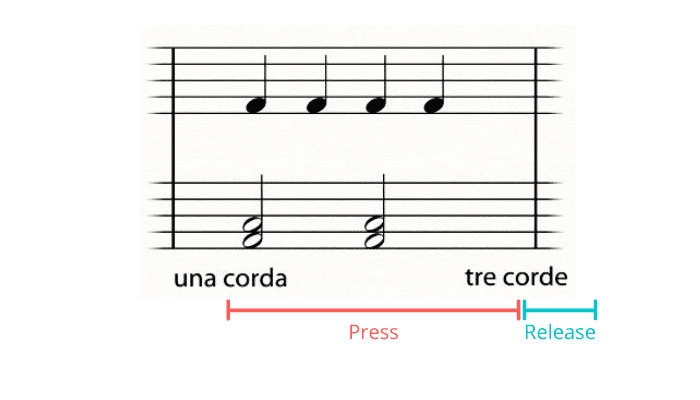
Now you know everything there is to know about the basics of piano pedals. We hope this little summary has been useful to you! Now, use your knowledge to play the piano even better with the La Touche Musicale piano learning app.



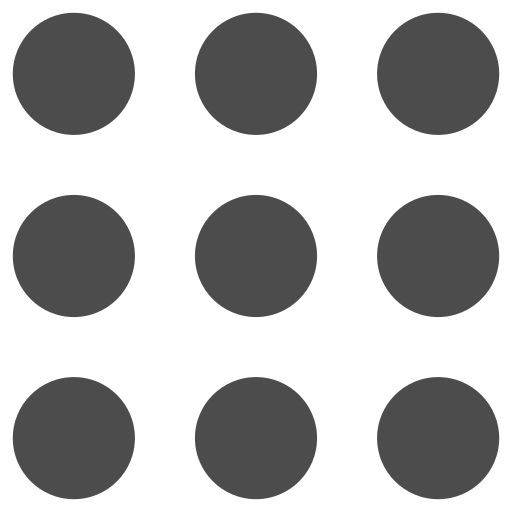
 PianoConvert
PianoConvert
 GuitarConvert
GuitarConvert
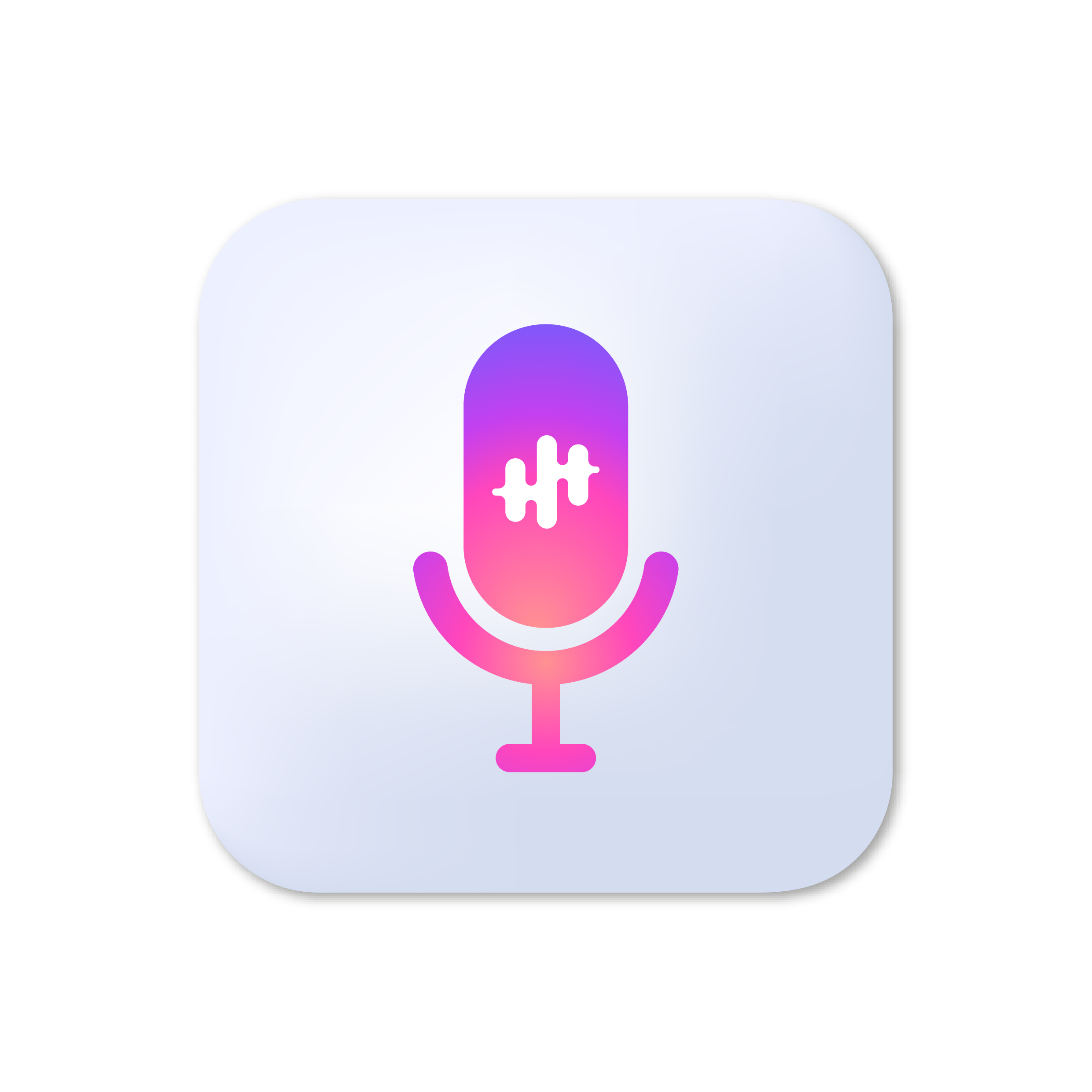 SingConvert
SingConvert
 BandConvert
BandConvert
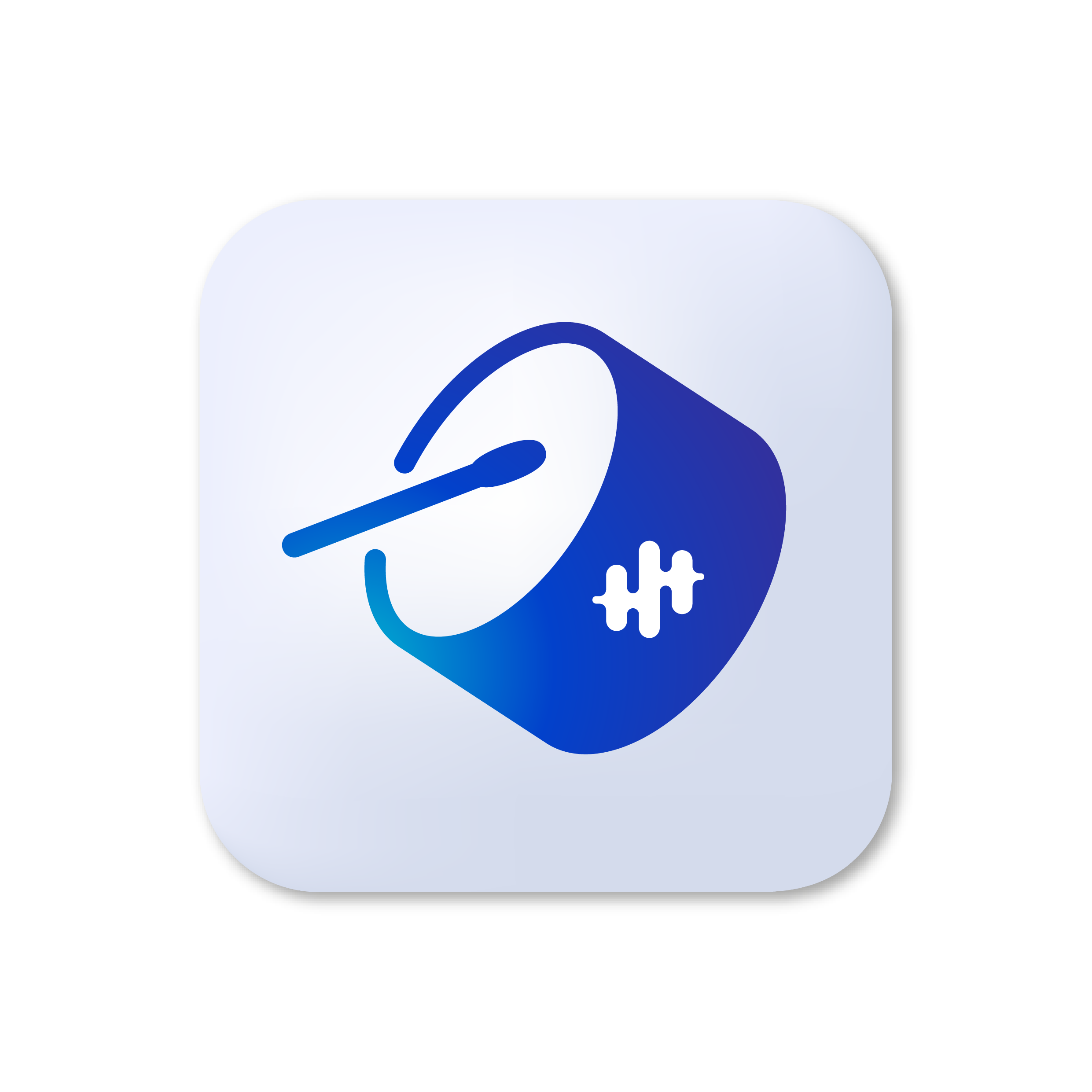 DrumConvert
DrumConvert
 ViolinConvert
ViolinConvert
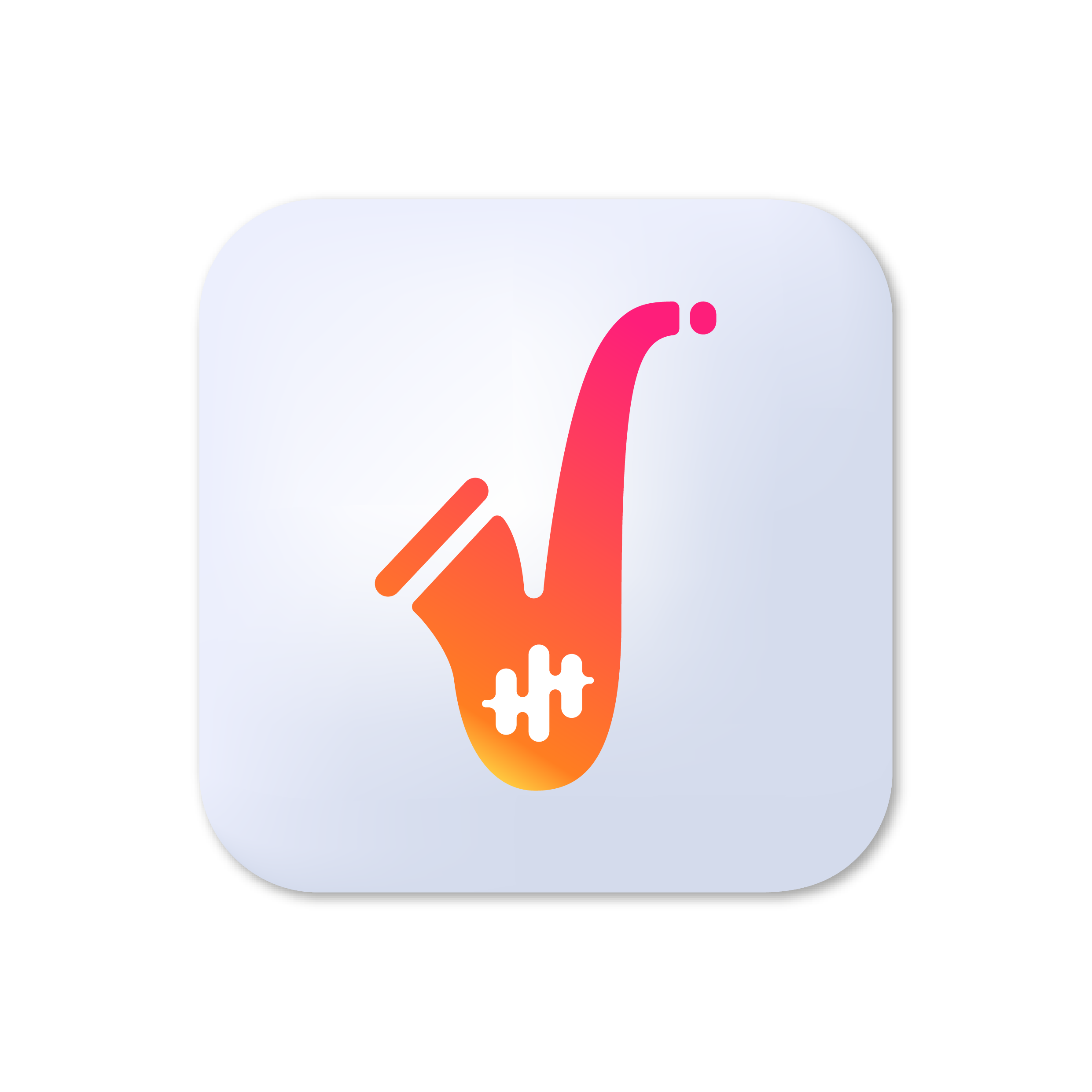 SaxConvert
SaxConvert
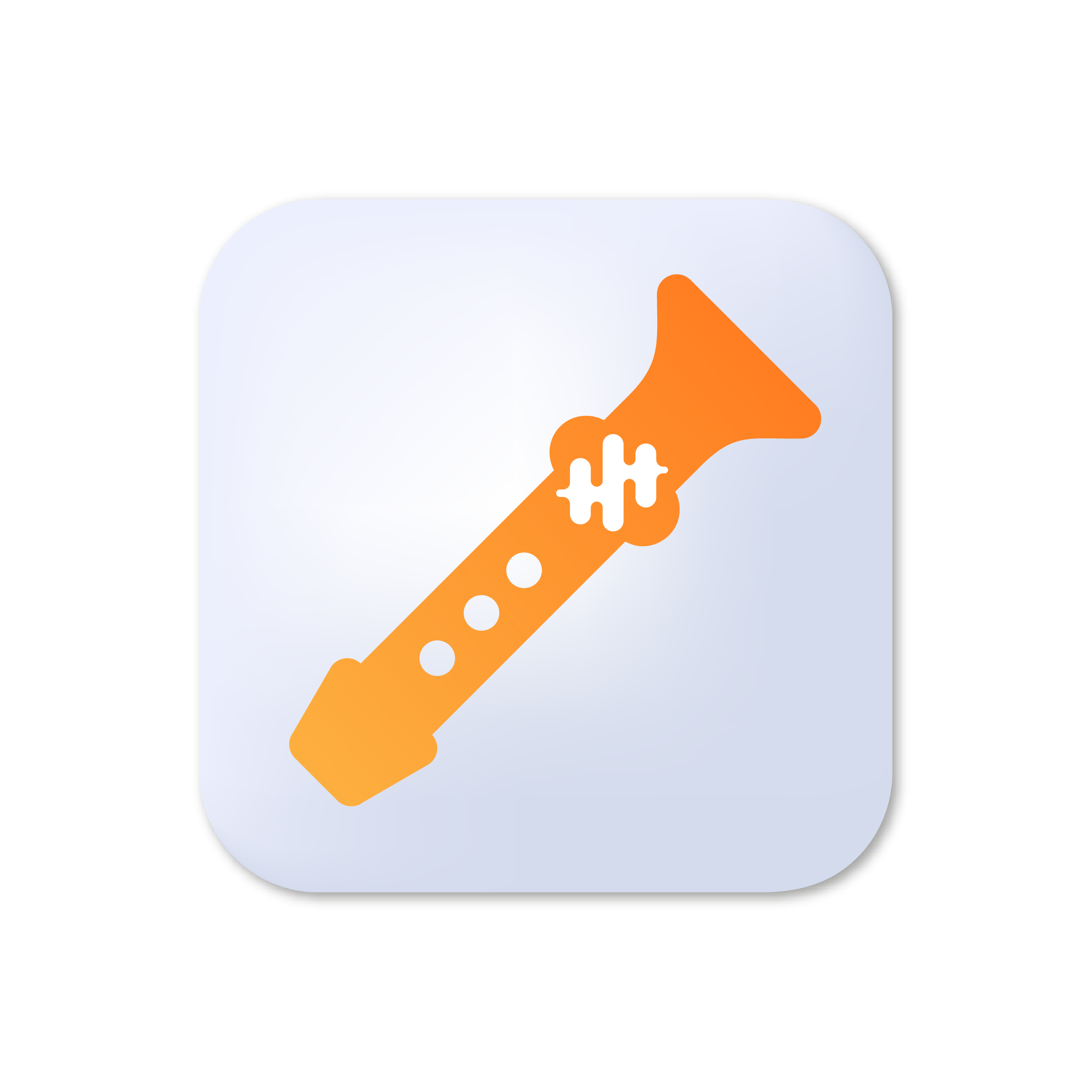 FluteConvert
FluteConvert
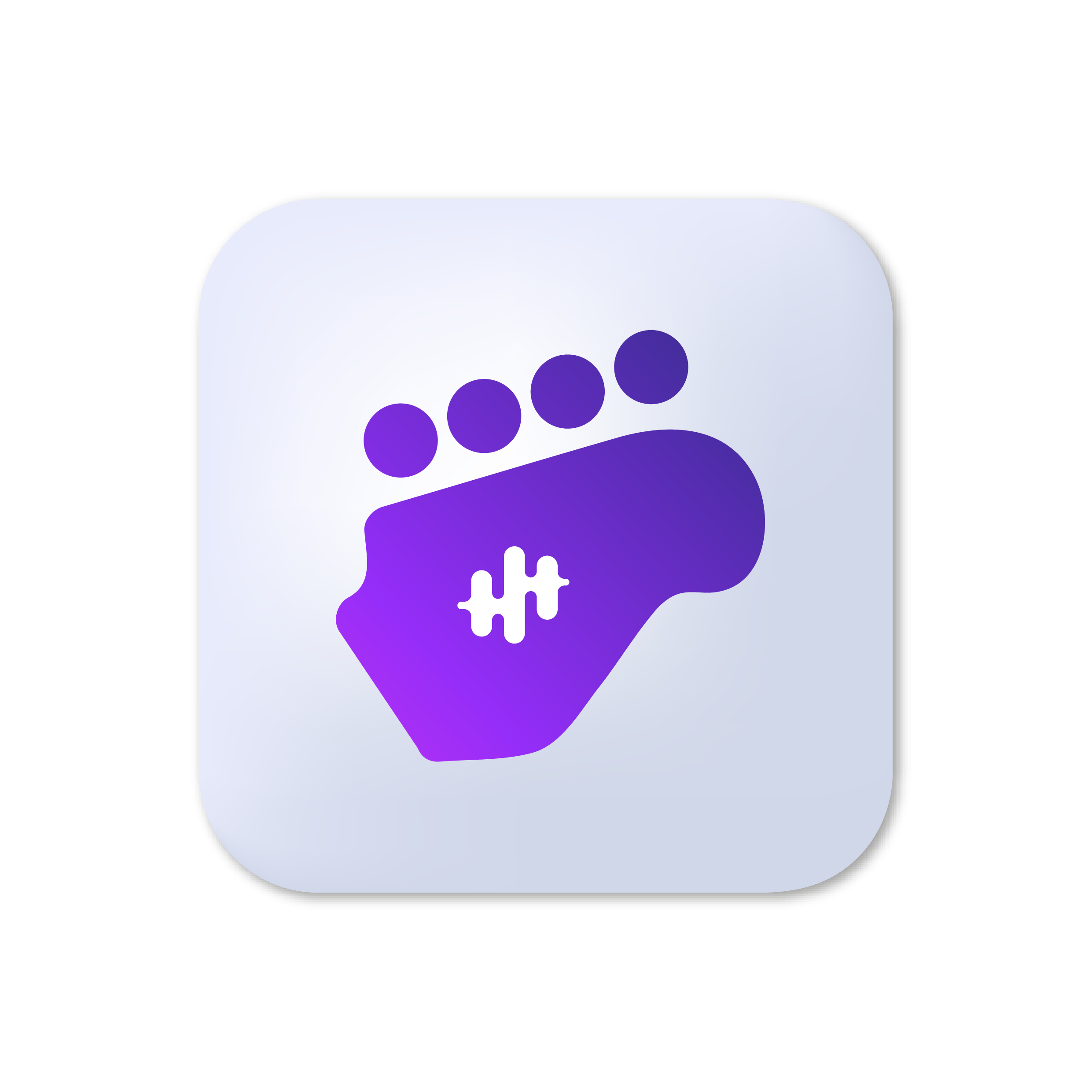 BassConvert
BassConvert
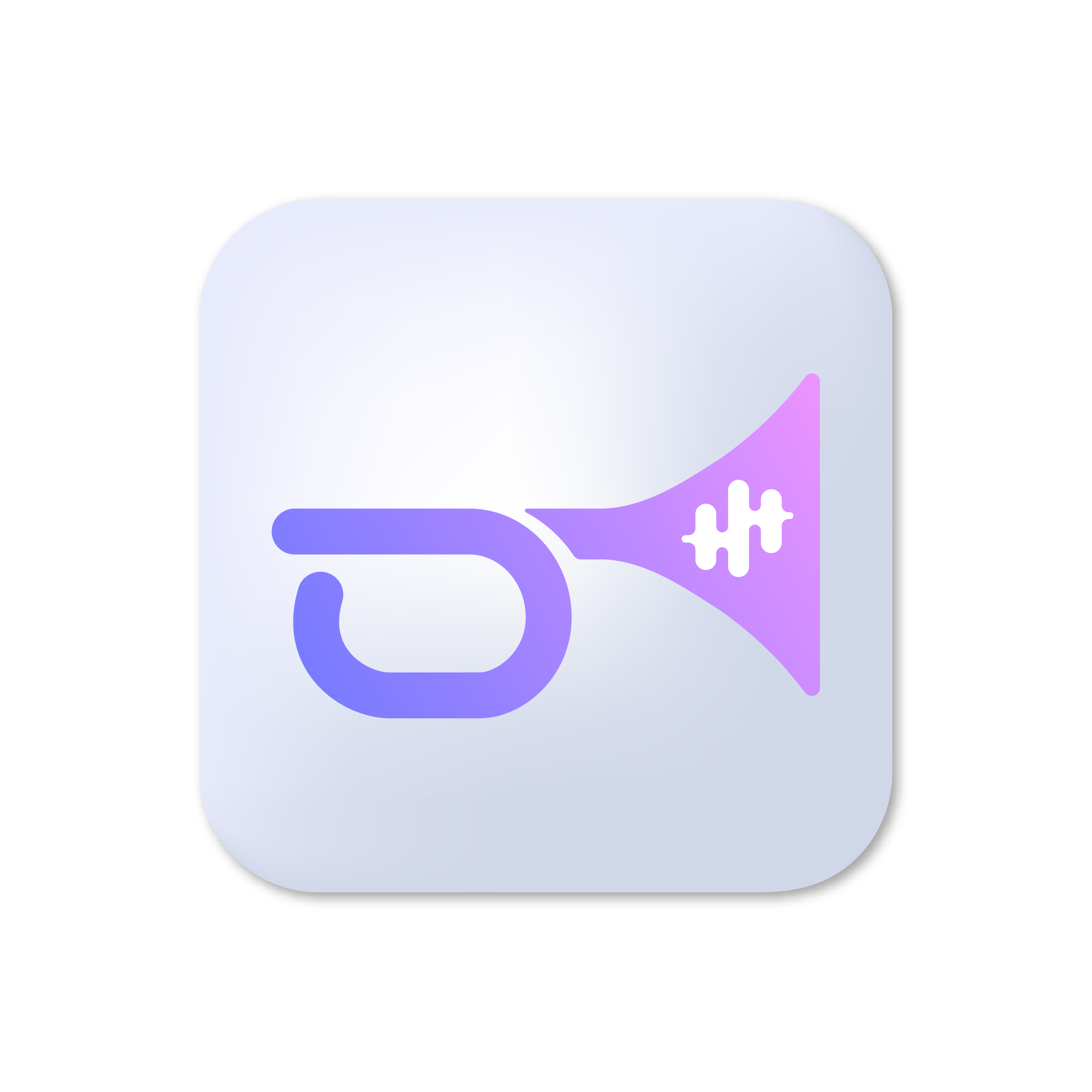 TrumpetConvert
TrumpetConvert
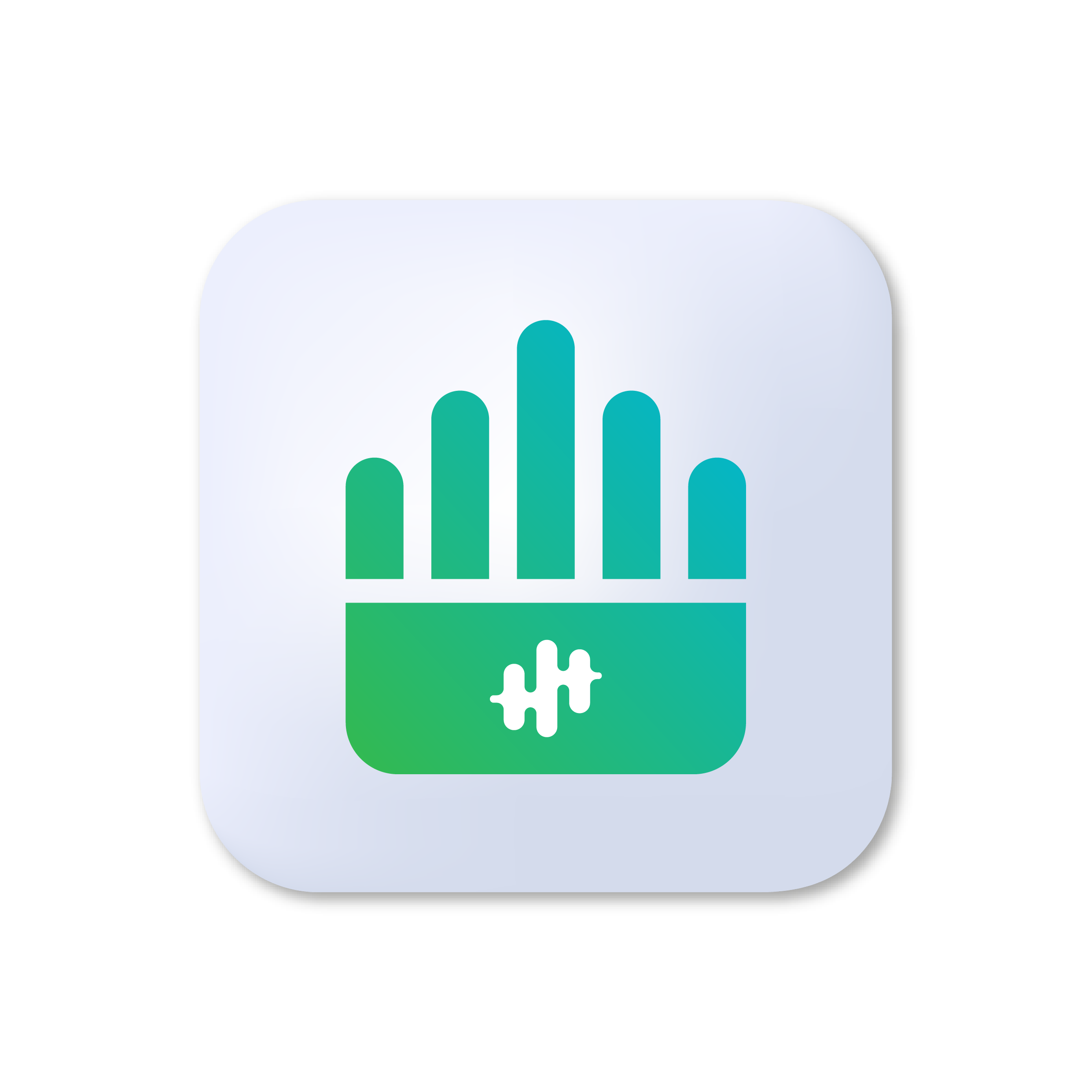 OrganConvert
OrganConvert
 PianoGo
PianoGo
